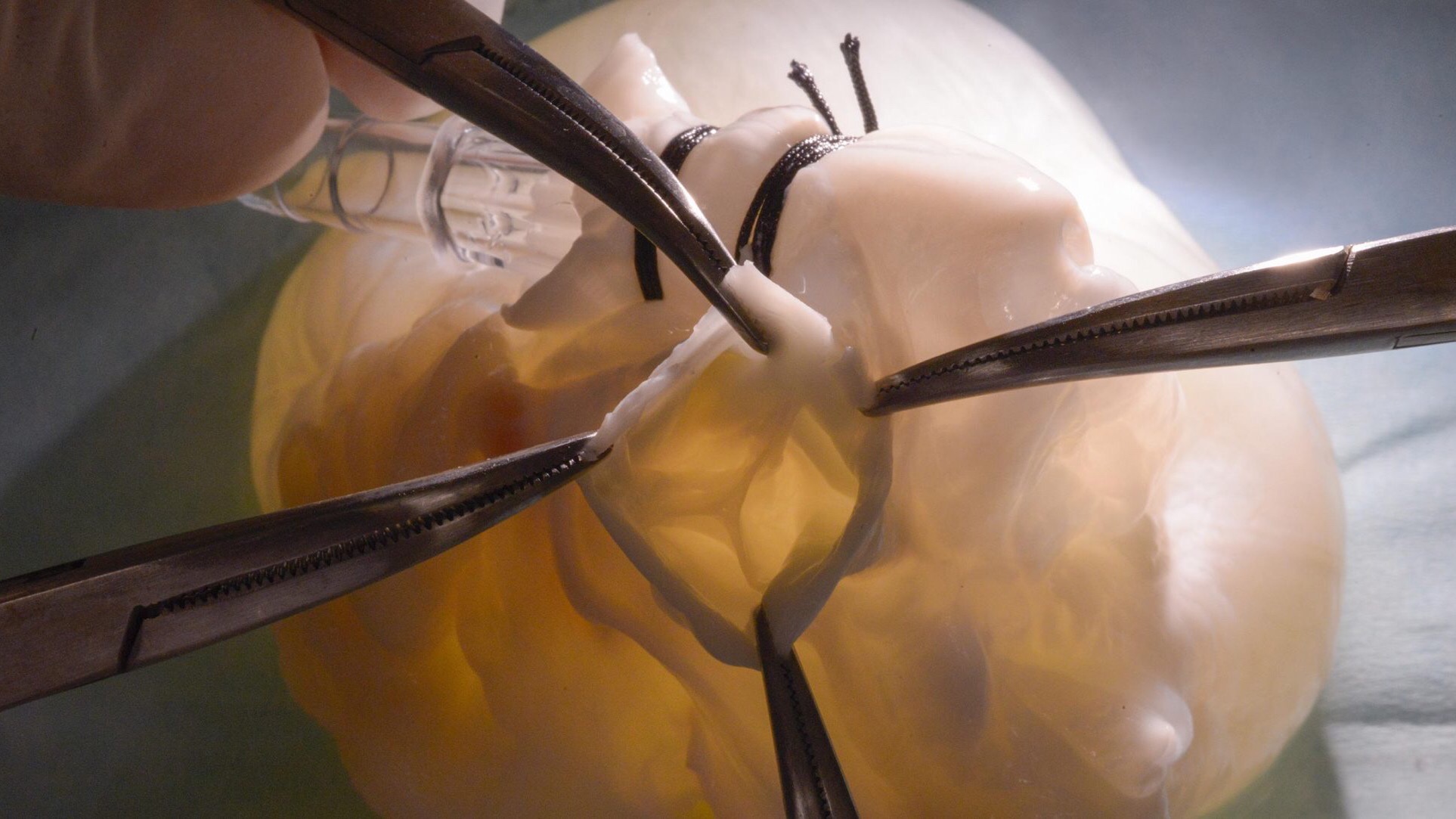The Latest Advances in Computational Modeling and Simulation in TAVR

The Texas Heart Institute (THI) provides a collection of professional activities on the most relevant topics in cardiovascular health and patient care to further the education of physicians and other medical professionals beyond the walls of the institution.
With over 25 episodes, Innovative Technologies & Techniques is filmed in The Texas Heart Institute Visual Communications Studios and explores promising advances in medicine that aim to extend the life of cardiac patients around the world today. Several episodes are accredited for complimentary continuing medical education credit hours.
Technology continues to drive towards less invasive solutions and better resource utilization for EVAR, TEVAR, and TAVR procedures. The Texas Heart Institute has reported in several publications, as well as in the PEVAR and LIFE trials using ProGlide and Prostar devices, the benefits of percutaneous femoral artery repair.
The MANTA large bore closure device has also shown excellent results in percutaneous femoral artery repair during EVAR, TEVAR, and TAVR.
There are several dedicated large bore closure devices that are currently undergoing clinical trials abroad and in the United States. We hope that percutaneous femoral artery repair will soon become a standard of care for EVAR, TEVAR, and TAVR.
This educational offering teaches doctors to name and utilize in practice the large bore closure devices for EVAR, TEVAR, and TAVR; compares different large bore closure devices and interprets the results of different trials; and evaluates and differentiates the advantages and disadvantages of each large bore closure device.
The Latest Advances in Computational Modeling and Simulation in TAVR
Computational modeling can be used to simulate all valve types, sizes and configurations for trans-aortic valve placement. This technology has been successfully used to predict the risk of coronary obstruction, aortic root rupture, need for permanent pacemaker, perivalvular regurgitation and thrombus formation on the aortic valve prosthesis. Computational valve modeling can improve clinical strategies, outcomes and life-long planning for patients with aortic valve stenosis. This educational offering highlights the latest TAVR outcomes research, potential complications that occur during TAVR and how to apply this information in their clinical practice.




